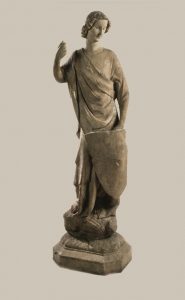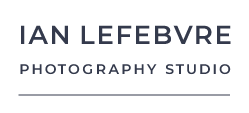01 Oct Reflectance Transmission Imaging
Reflectance Transmission Imaging (RTI) is often used for studying the surface of an object. The technique enhances textures and allows you to change the direction of the light after the photography is completed.
To create the RTI, you shoot multiple exposures (between 24-48). With every exposure, you change the angle of the light incrementally around the object in a grid pattern. The images are then assembled into a composite using the RTIBuilder software. Using a separate piece of software, you can view the file and move the direction of the light around the object. The software also offers a specular enhancement mode, that adds synthetic specular hightlights to bring out the detail in a piece way beyond a traditional photo.
RTI images are useful in conservation and curatorial contexts as viewers can study details or damage on a piece.

The Archangel Michael © AGO
The Archangel Michael © AGO
We used this technique to create interactive exhibition pieces for the show: ‘Idea Lab: Research at the AGO investigating miniature ivory and boxwood carvings‘. In this show, there were interactive museum pieces where visitors could come and investigate details of the object without physically handling the pieces.


